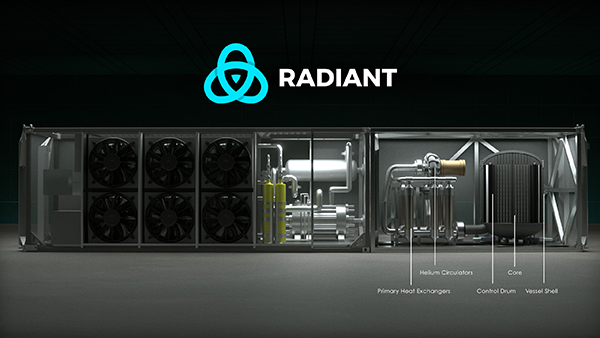
Breaking News
 Watch This BEFORE You Plant Carrots
Watch This BEFORE You Plant Carrots
 What Butter Does to Your Body in 14 Days
What Butter Does to Your Body in 14 Days
 What ACTUALLY Happens When You Pour Vinegar in a Washing Machine?!
What ACTUALLY Happens When You Pour Vinegar in a Washing Machine?!
 Silver Madness: CME Margin Spike + What It Means Next - Mike Maloney
Silver Madness: CME Margin Spike + What It Means Next - Mike Maloney
Top Tech News
 Laser weapons go mobile on US Army small vehicles
Laser weapons go mobile on US Army small vehicles
 EngineAI T800: Born to Disrupt! #EngineAI #robotics #newtechnology #newproduct
EngineAI T800: Born to Disrupt! #EngineAI #robotics #newtechnology #newproduct
 This Silicon Anode Breakthrough Could Mark A Turning Point For EV Batteries [Update]
This Silicon Anode Breakthrough Could Mark A Turning Point For EV Batteries [Update]
 Travel gadget promises to dry and iron your clothes – totally hands-free
Travel gadget promises to dry and iron your clothes – totally hands-free
 Perfect Aircrete, Kitchen Ingredients.
Perfect Aircrete, Kitchen Ingredients.
 Futuristic pixel-raising display lets you feel what's onscreen
Futuristic pixel-raising display lets you feel what's onscreen
 Cutting-Edge Facility Generates Pure Water and Hydrogen Fuel from Seawater for Mere Pennies
Cutting-Edge Facility Generates Pure Water and Hydrogen Fuel from Seawater for Mere Pennies
 This tiny dev board is packed with features for ambitious makers
This tiny dev board is packed with features for ambitious makers
 Scientists Discover Gel to Regrow Tooth Enamel
Scientists Discover Gel to Regrow Tooth Enamel
 Vitamin C and Dandelion Root Killing Cancer Cells -- as Former CDC Director Calls for COVID-19...
Vitamin C and Dandelion Root Killing Cancer Cells -- as Former CDC Director Calls for COVID-19...
Radiant Nuclear Pebble Bed Shipping Container Sized Reactor

All the components of the compact design would be packaged in a single shipping container, making rapid deployment to remote locations or for disaster relief locations possible.
The company is currently working with Argonne National Laboratory and Idaho National Laboratory through a GAIN voucher to develop computational analysis tools to advance the reactor's design.
Kaleidos is one of three microreactor designs that could potentially test in the Department's NRIC DOME — the world's first microreactor test bed.
Testing could start as early as 2026 and commercialization is targeted for 2028.
In 2023, Radiant Industries, raised $40 million in a Series B funding round led by Andreessen Horowitz, bringing its total capital raised to $54 million with an additional $2.3M in government awards. Founders Fund, Decisive Point, McKinley Alaska, Draper Associates, Cantos, and BoostVC also participated in the round. They will firm up siting the factory and the first five reactors, developing microgrid controls and electricity generating turbomachinery, de-risk fuel sourcing, and shorten the timeline between fueled test and production scale up. Radiant is targeting commercial unit production in 2028.
China has a commercial reactor, HTR-PM. It has been operating since commercially since 2023. They built a 10 MW prototype that started running at full power in 2003. The HTR-PM is a high-temperature gas-cooled (HTGR) pebble-bed reactor, the world's first power plant of this kind. It is a generation IV design. The technology is based on the HTR-10 prototype reactor.



